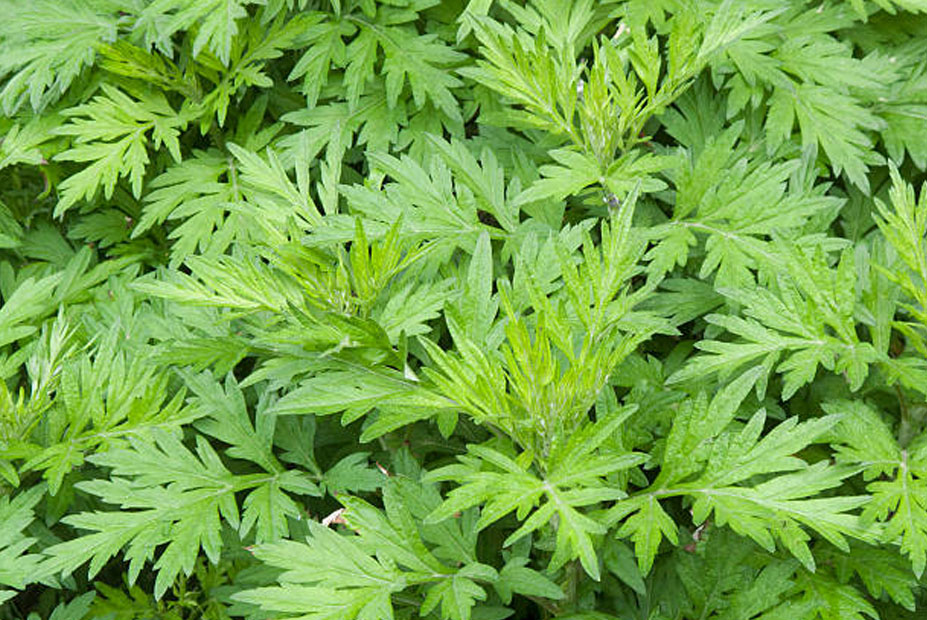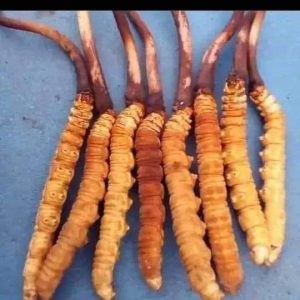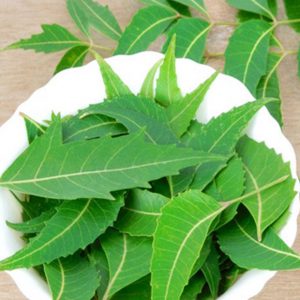ARTEMISIA VUKGARI (Tite Pati)
Description
General Information
Artemisia vulgaris, the common Mugwort, is a species of flowering
plant in the daisy family Asteraceae. It is one
of several species in the genus Artemisia
commonly known as mugwort.
Name: Mug-wort
Scientific Name: Artemisia vulgaris
Nepali Name: Tite pati
DETAILS
Best grown in poor to moderately fertile, dry to
medium moisture, well-drained soils in full sun
to part shade. Does poorly in moist to wet soils
where plants are susceptible to root. Plant
stems tend to lodge in the summer, especially if grown in fertile soils
and/or significant shade. General foliage decline often occurs in high
humidity summer climates such as the St. Louis area. If foliage declines
or stems flop in summer, plants may be sheared to revitalize. Plants can
spread aggressively in the landscape. Easily propagated by division.
Notwithstanding historical uses, species’ plants are considered by many
gardeners today as being not much more than roadside weeds.
Height: 2.00 to 4.00 feet
Spread: 3.00 to 6.00 feet
Bloom Time: August to September
Bloom Description: Yellowish to reddish brown
Water: Dry to medium
USES
People take the rest of the plant for stomach and intestinal conditions
including colic, diarrhea, constipation, cramps, weak digestion, worm
infestations, and persistent vomiting. Mugwort is also used to stimulate
gastric juice and bile secretion. It is also used as a liver tonic to promote
circulation and as a sedative. Women take mugwort for irregular
periods and other menstrual problems.
You must be logged in to post a review.






Reviews
There are no reviews yet.